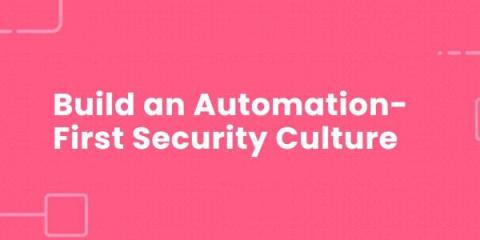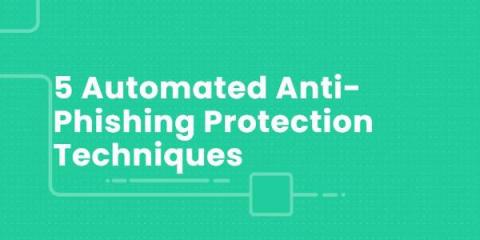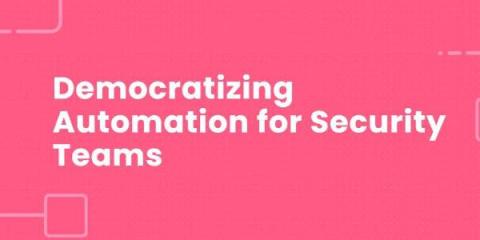Build an Automation-First Security Culture
When you think about how to automate processes within the IT industry, your mind probably goes first to tools. After all, the past decade has witnessed an explosion of tools from across the industry that promise to make it easy to automate virtually every aspect of IT operations — from low-code development solutions that automate coding, to release automation tools for applications, to automated monitoring and security platforms.











